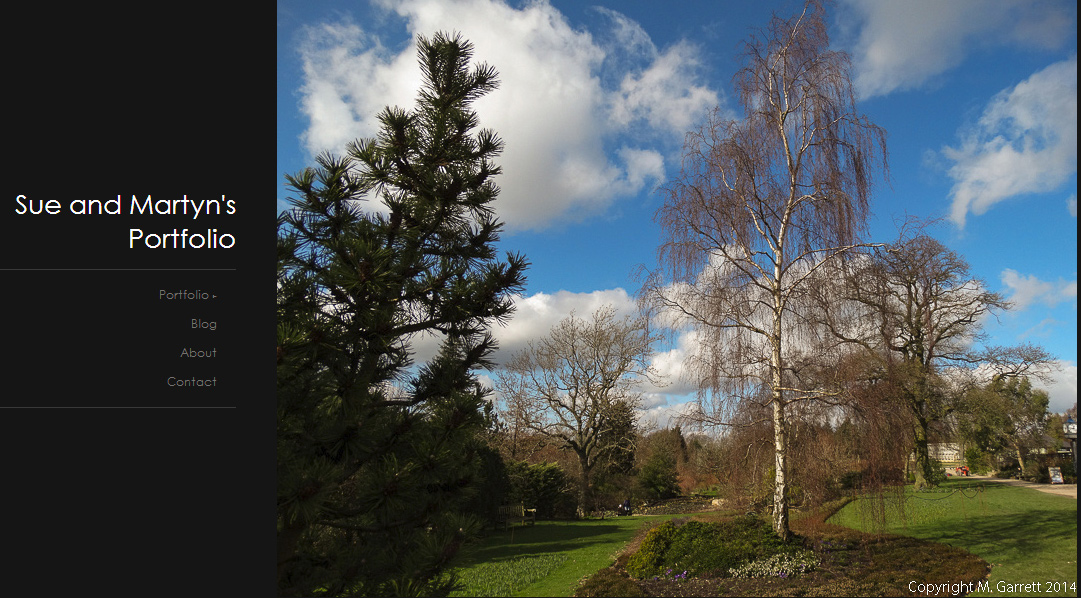The seeds that we sowed directly in the ground on the plot are springing up – we have watered them well every time we visited the plot otherwise I think they would still be fast asleep under the soil.
The peas (sown 21st April) are germinating well so we just have to hope nothing fancies the shoots as a tasty treat.
The carrots (sown 9th April) are also germinating well – I risked popping my camera under the ‘carrot tent’ to take a quick photo.
And the parsnips (sown 8th April) are coming up too.
The trouble is all the watering has brought up the weed seedlings too and so it’s out with the hoe! The weeds growing around the carrots will have to be left until I risk the one big weeding. To cut down on the risk of carrot fly attack we only weed the carrots once whilst they are too small to compete with the weeds and then it’s every man (or should I say carrot) for itself.
I’m also really pleased to report that the aquilegia seeds sown on 12th April have been through for a few days now and are growing well. This is particularly pleasing as on the seed packet it warned that germination could take two or three months so the sudden appearance of seedlings was a pleasant surprise.
There are no signs of the cyclamen seeds germinating but I am being a realist here and don’t expect a successful outcome. It is more a case of I wonder if I can!
Obviously lots more seeds have been sown and germinated but I won’t bore you with a long list – a full list of April sowings can be found here for anyone who is interested.
I was going to keep this post just about seed germination but as I have whinged long and hard about our lack of broccoli I will digress and report that yesterday we noticed that two plants that survived the winter have decided to sprout one or two flower heads – one white and one purple – and when I say a few I mean JUST one or two but at least we should get a taster!
I have taken loads - I mean loads - of photos at the plot this week which can be viewed here if you have some time to spare
Bird Cam update:
Everything is still going to plan – the female is busy incubating for the latest video try the link on the sidebar but it is really more of the same and likely to remain that way for about another ten days. We've just got some exciting new kit so we can keep an even better eye on nest box activities - watch this space!


































































